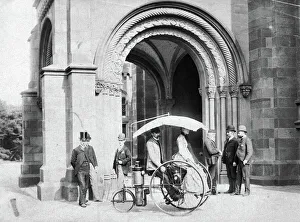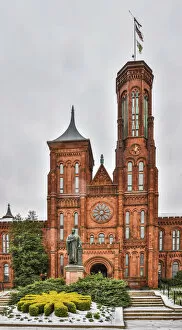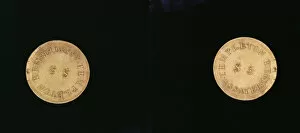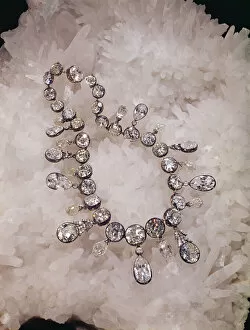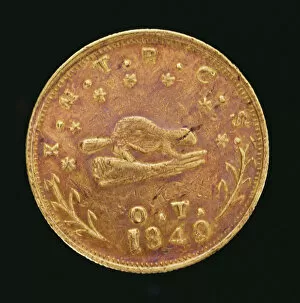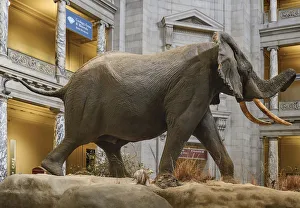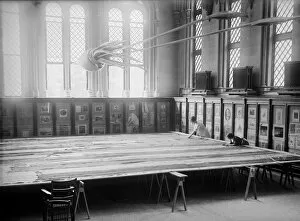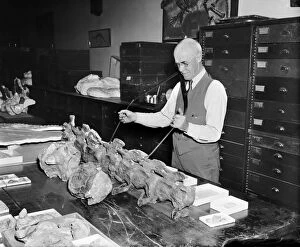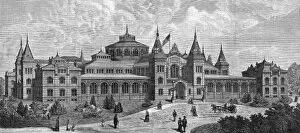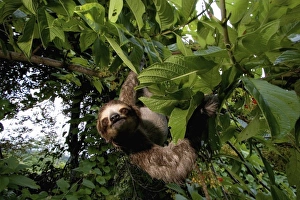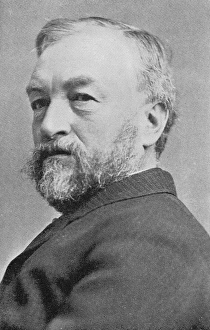Smithsonian Institution Collection
The Smithsonian Institution, located in Washington, D. C. , is a treasure trove of history and innovation. From the STEAM TRICYCLE invented by Lucius D
All Professionally Made to Order for Quick Shipping
The Smithsonian Institution, located in Washington, D. C. , is a treasure trove of history and innovation. From the STEAM TRICYCLE invented by Lucius D. Copeland in 1888 to the Representatives attending the Third World Power Conference in 1936, this institution has been at the forefront of showcasing groundbreaking inventions and global discussions. Even on a snowy afternoon, the iconic Smithsonian Castle stands tall as a symbol of knowledge and discovery. Inside its walls lie rare treasures like the Fifty Dollar Coin from 1877 and 1851, as well as the Templeton Reid Five Dollars from 1830 - all made of shimmering gold that tells tales of wealth and prosperity. The Smithsonian Institution not only preserves precious artifacts but also captures moments frozen in time through captivating photographs. One such image showcases this esteemed establishment itself against a black-and-white backdrop, reminding us of its timeless significance. Amongst these remarkable exhibits is the Napoleon Diamond Necklace from 1811 - an exquisite piece adorned with diamonds set in silver & gold that exudes elegance fit for royalty. The Ten Dollar Coin from 1849 further adds to this collection, reflecting America's rich numismatic heritage. As we delve deeper into history, an engraving titled "Washington and its Vicinity" takes us back to another era when our nation was still taking shape. And who can forget about stamps? The block of four depicting the Signing of Declaration Independence serves as a reminder that even small pieces can carry immense historical weight. In present times too, Washington DC remains synonymous with one name: Smithsonian Institution. Its grandeur continues to captivate visitors from around the globe who come seeking knowledge and inspiration within its hallowed halls.

